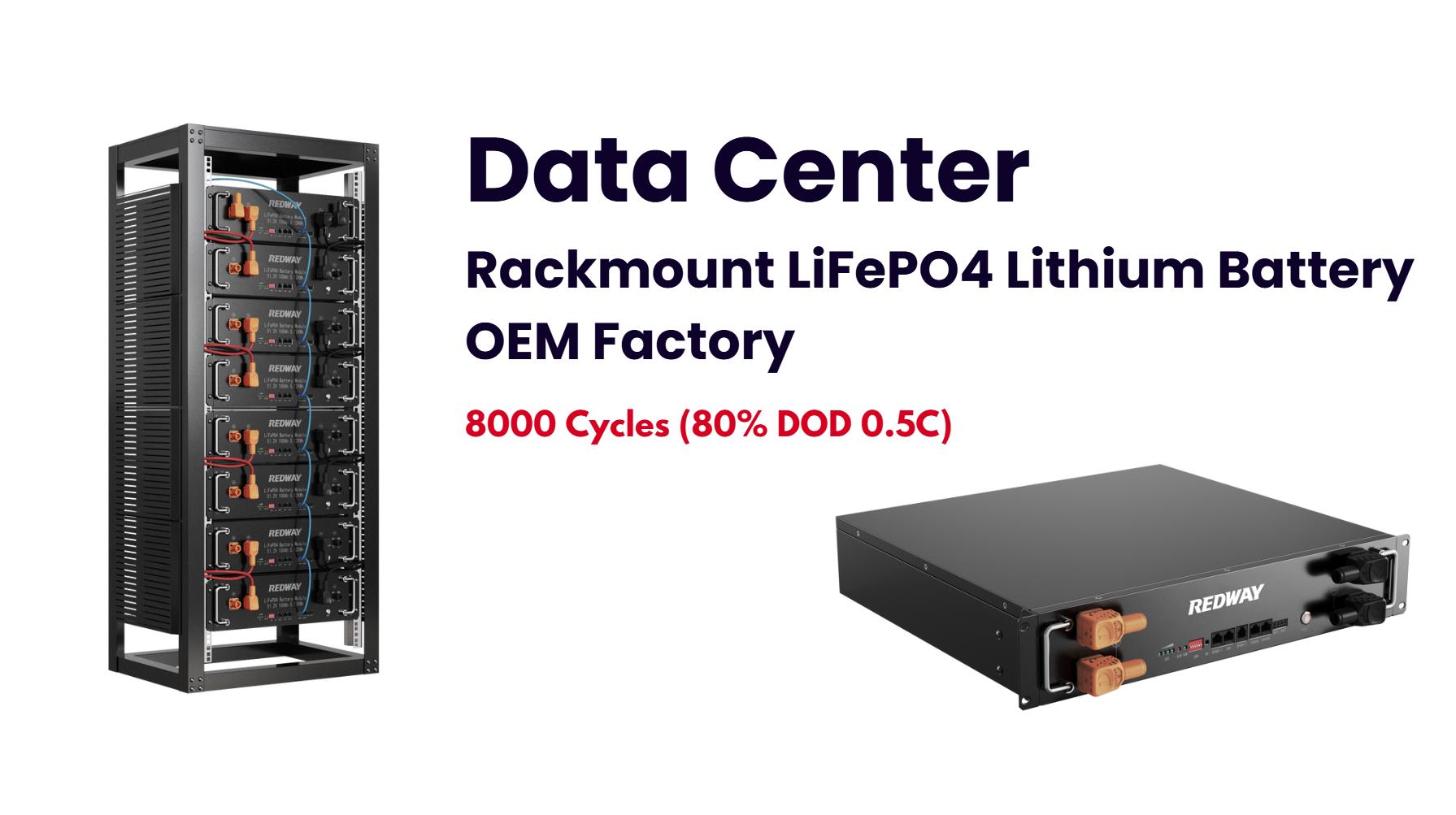What Are the Key Considerations for Data Center Battery Storage?
Data center battery storage ensures uninterrupted power during outages, using technologies like lithium-ion, lead-acid, and flow batteries. These systems support UPS integration, reduce operational costs, and enhance grid stability. Emerging trends include AI-driven management and sustainability-focused designs, balancing reliability with environmental impact. Proper maintenance and lifecycle analysis are critical for long-term efficiency.
How Do Lithium-Ion Batteries Compare to Lead-Acid in Data Centers?
Lithium-ion batteries offer higher energy density, longer lifespan (10–15 years), and faster charging than lead-acid. They are lighter and require less maintenance but have higher upfront costs. Lead-acid remains cost-effective for short-term backup but demands frequent replacements. Lithium-ion is preferred for scalability and sustainability, aligning with modern data centers’ efficiency goals.
Why Is UPS Integration Critical for Battery Storage Systems?
Uninterruptible Power Supply (UPS) systems bridge gaps between grid failure and generator activation. Batteries integrated with UPS ensure seamless power transitions, preventing data loss and hardware damage. Advanced UPS configurations optimize load management and reduce energy waste, making them indispensable for mission-critical operations in hyperscale and edge computing environments.
What Are the Hidden Costs of Data Center Battery Storage?
Beyond initial procurement, costs include cooling infrastructure, floor space adjustments, and lifecycle replacements. Lithium-ion systems reduce long-term expenses despite higher upfront investment. Lead-acid batteries incur frequent maintenance and disposal fees. Total Cost of Ownership (TCO) analysis must factor in efficiency losses, regulatory compliance, and recycling programs to avoid budget overruns.
How Are Flow Batteries Revolutionizing Energy Storage?
Flow batteries use liquid electrolytes for scalable, long-duration storage (8+ hours). They excel in renewable energy integration, offering 20,000+ cycles with minimal degradation. Though bulkier and pricier, their decoupled power/energy capacity suits data centers prioritizing sustainability. Vanadium and zinc-bromine variants are gaining traction for grid independence and reduced fire risks.
What Environmental Challenges Do Data Center Batteries Pose?
Battery production involves mining rare metals like cobalt, linked to ecological damage. Recycling infrastructure for lithium-ion remains underdeveloped, risking landfill contamination. Data centers mitigate this via circular economy partnerships and second-life applications (e.g., repurposing used batteries for grid storage). Carbon footprint audits are increasingly mandated to align with global ESG standards.
How Can AI Optimize Battery Performance and Lifespan?
AI algorithms predict failures by analyzing voltage fluctuations and temperature patterns. Machine learning adjusts charging cycles to avoid stress, extending lifespan by 20–30%. Predictive maintenance schedules reduce downtime, while digital twins simulate real-world conditions for system optimization. NVIDIA’s recent trials show AI-driven storage cuts energy waste by 15% in modular data centers.
Are Solid-State Batteries the Future for Data Centers?
Solid-state batteries promise higher safety (no flammable electrolytes) and energy density. Prototypes from Toyota and QuantumScape achieve 500+ Wh/kg, doubling lithium-ion capacity. However, high production costs and thermal management hurdles delay commercialization. Experts predict adoption by 2030, revolutionizing compact and high-power backup solutions for edge computing hubs.
Expert Views
“Data centers must prioritize lifecycle analytics when selecting storage,” says a Redway Energy strategist. “Lithium-ion dominates now, but hybrid systems blending flow and solid-state tech will dominate next-gen infrastructures. Pairing AI with modular designs allows real-time adaptation to grid fluctuations—this isn’t just efficiency; it’s survival in the renewable era.”
Conclusion
Data center battery storage is evolving beyond backup power to become a grid-stabilizing asset. Decision-makers must weigh technology trade-offs, hidden costs, and sustainability mandates. Innovations in AI and chemistry will drive smarter, greener systems, ensuring data centers meet escalating uptime demands while reducing their carbon footprint.
FAQs
How Long Do Data Center Batteries Last?
Lithium-ion batteries last 10–15 years, while lead-acid requires replacement every 3–5 years. Flow batteries exceed 20 years with proper maintenance.
Can Data Center Batteries Be Recycled?
Yes, but lithium-ion recycling rates are below 5% globally. Specialized programs by Tesla and Redway recover up to 95% of materials for reuse.
Do Batteries Replace Generators in Data Centers?
No. Batteries bridge short outages (minutes to hours), while generators handle prolonged failures. Hybrid systems ensure seamless transitions between both.





